
IEC / EN 61000-4-2 ESD Test
IEC 61000-4-2 Testing Standard
IEC 61000-4-2 is one of the most commonly used ESD immunity compliance standards for commercial electronic products requiRED for CE certification, UL, and other product certifications.
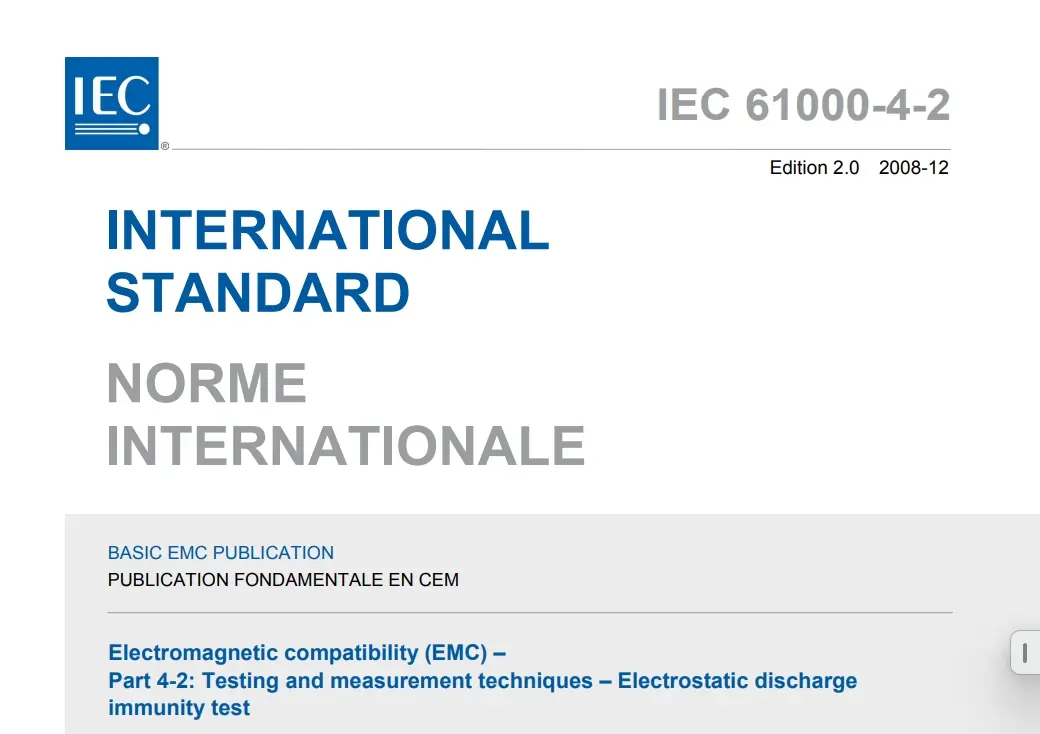
What is ESD?
Electrostatic discharge (ESD) is the phenomenon that occurs when you shuffle across a carpet and touch a doorknob; ESD is ubiquitous. It happens unpredictably between high-density electronic components found in almost all modern devices like smartphones and televisions. The best approach is to take as many preventive measures as possible to avoid damage or malfunction when ESD occurs. Enter IEC 61000-4-2, the most widely used compliance standard for testing durability and certifying commercial electronic products.
IEC 61000-4-2 is one of the few emc testing standards required to obtain CE certification, allowing you to sell your products in Europe (and making it easier to sell in most other regions). Below is a brief overview of the test levels performed under IEC 61000-4-2 compliance. For detailed documentation, you must purchase it from the IEC website.
Technical Terminology in IEC 61000-4-2
IEC 61000-4-2:2008 covers the CE certification immunity requirements and test methods for electrical and electronic equipment subjected to electrostatic discharges, which originate directly from operators, personnel, and nearby objects. It also defines the range of test levels related to different environments and installation conditions and establishes testing procedures.
The purpose of IEC 61000-4-2:2008 is to provide a common and reproducible basis for evaluating the performance of electrical and electronic equipment subjected to electrostatic discharges.
Additionally, it includes electrostatic discharges that may flow from personnel to objects near critical equipment. IEC 61000-4-2:2008 defines the typical waveform of the discharge current, the range of test levels, the test equipment, the test setup, test procedures, calibration procedures, and measurement uncertainty.
Email:hello@jjrlab.com
Write your message here and send it to us
 What Are the Testing Items of California Propositi
What Are the Testing Items of California Propositi
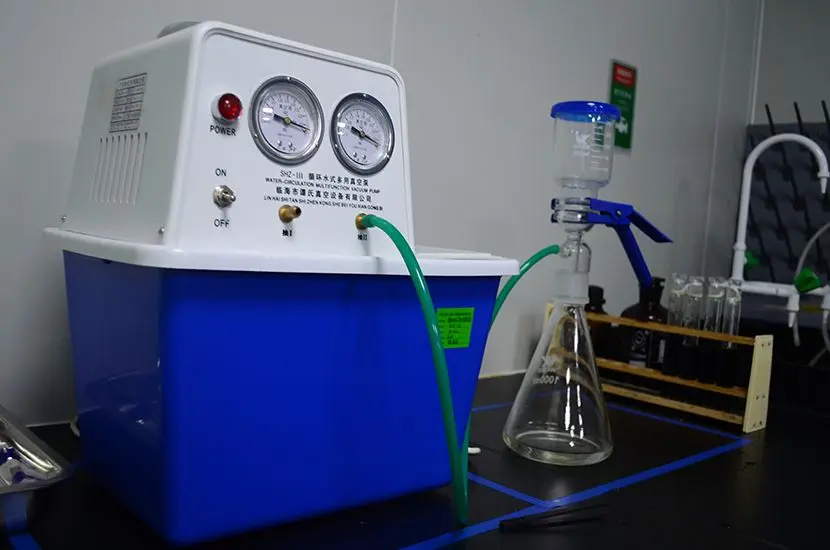 E-Cigarette EU TPD Testing
E-Cigarette EU TPD Testing
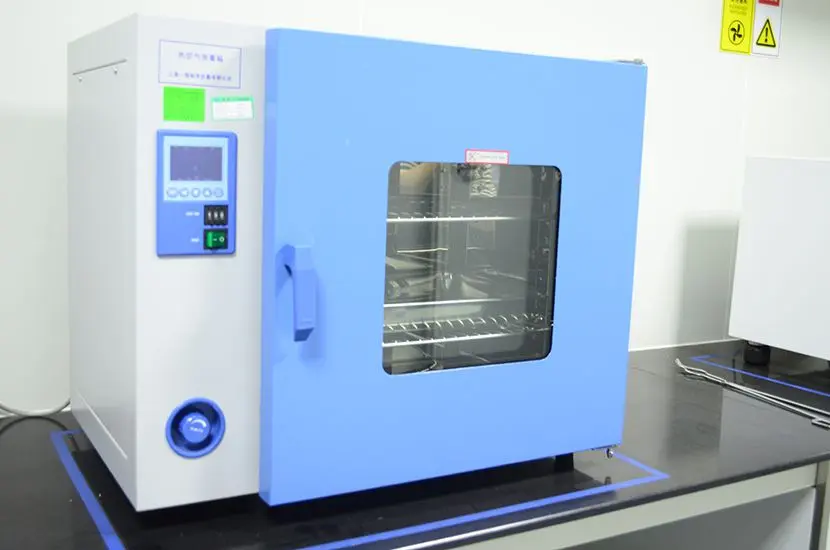 Testing Certification for E-cigarettes Exported to
Testing Certification for E-cigarettes Exported to
 What is Amazon US CPC Certification?
What is Amazon US CPC Certification?
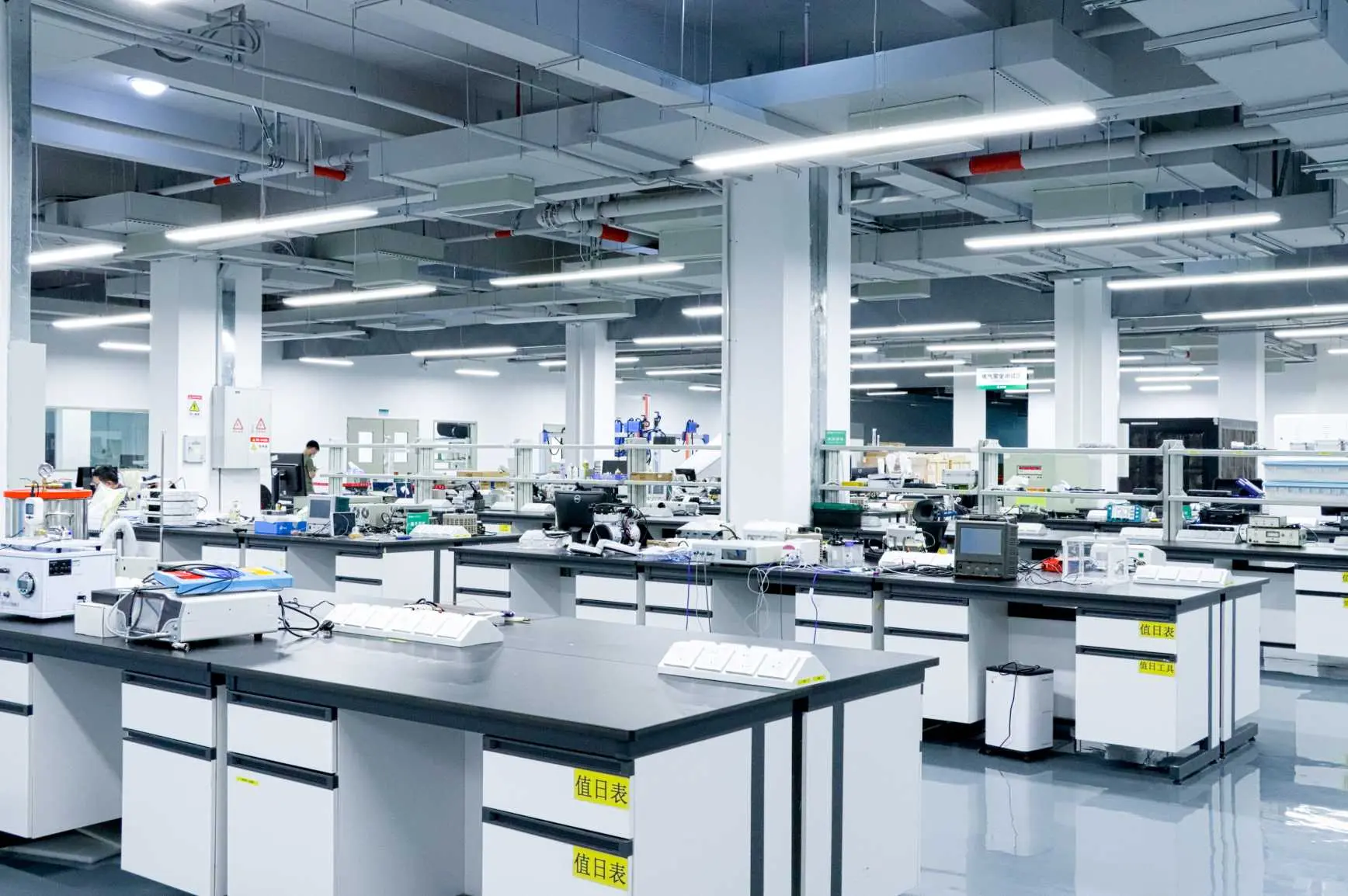 UK Toy Safety Regulation Standard EN 71-13
UK Toy Safety Regulation Standard EN 71-13
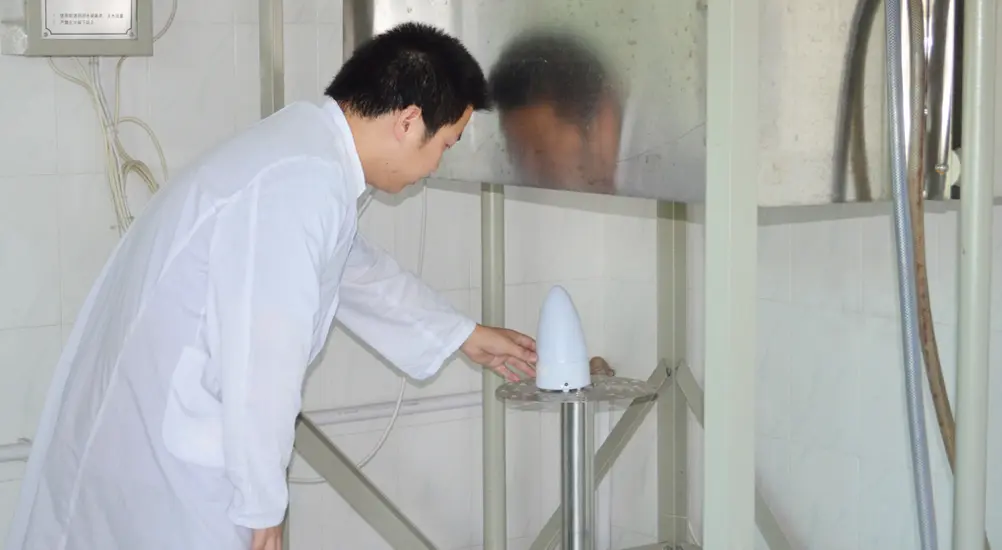 What is EU UFI Registration?
What is EU UFI Registration?
 EU UFI Registration for E-cigarette E-liquid
EU UFI Registration for E-cigarette E-liquid
 How to get the MSDS Report for Electronic Cigarett
How to get the MSDS Report for Electronic Cigarett
Leave us a message
24-hour online customer service at any time to respond, so that you worry!




